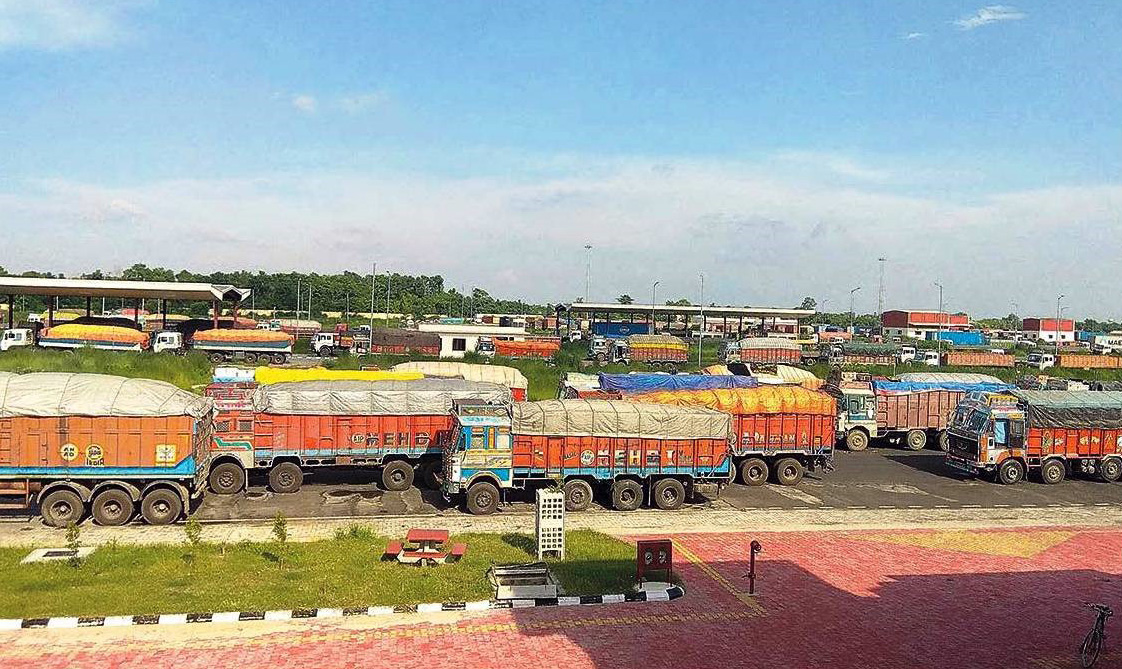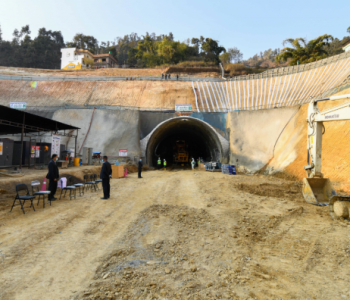Trade deficit narrows as Nepal’s exports decline by 8.65pc and imports slide 1.56pc

KATHMANDU: In the initial month of the ongoing fiscal year, Nepal’s economic landscape experienced notable shifts in both its export and import sectors, painting a picture of changing trade dynamics. The nation witnessed a decline of 8.65 percent in its exports, accompanied by a 1.56 percent reduction in imports, reflecting a nuanced economic scenario.
The Department of Customs (DoC), tasked with maintaining and analyzing trade-related data, compiled records that revealed Nepal’s export earnings during the period from mid-July to mid-August this year.
These earnings amounted to Rs 13.52 billion, marking a substantial drop compared to the previous fiscal year’s earnings of Rs 14.80 billion within the same time frame. This decline in export earnings could be attributed to a multitude of factors, including global market fluctuations, supply chain disruptions, and shifts in consumer demand.
Concurrently, the nation’s imports also underwent a transformation. The import expenses registered a downward trajectory, decreasing from Rs 131.28 billion in the preceding fiscal year to Rs 129.23 billion during the aforementioned reviewed period. This decrease could reflect a variety of internal and external factors, such as changes in trade policies, shifts in global commodity prices, and alterations in domestic consumption patterns.
One significant repercussion of this shifting trade landscape was the marginal contraction of Nepal’s trade deficit. As imports dwindled, the trade deficit experienced a reduction of 0.66 percent.
To put it into perspective, the trade deficit, which stood at Rs 146.09 billion during the first month of the prior fiscal year, receded to Rs 142.76 billion in the corresponding period of the ongoing fiscal year. While this might seem like a modest decline, it could signify a step in the right direction towards achieving a more balanced trade scenario for the nation.
A combination of factors might be contributing to these fluctuations. The ongoing global economic recovery from the pandemic has led to shifting demand patterns, affecting both export and import volumes.
Additionally, domestic economic policies, changes in international trade agreements, and currency exchange rates could also be playing a role in shaping Nepal’s trade landscape.
Nepal’s trade relationship with its neighboring countries and key trading partners could also be influencing these changes. The intricate interplay between geopolitical factors, regional economic dynamics, and the evolving preferences of consumers globally could all be contributing to the observed trends.













Facebook Comment